Art of khatam kari
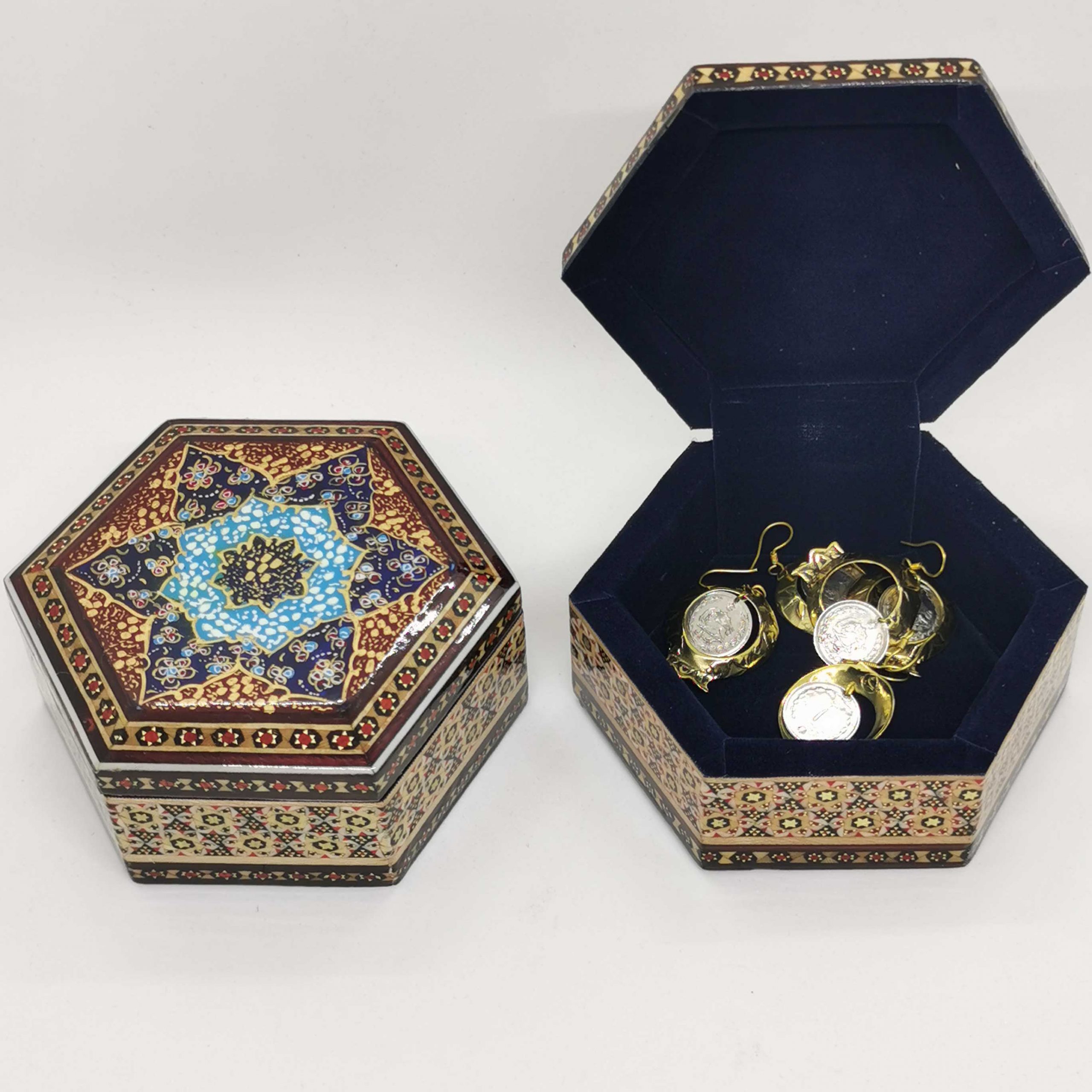
signet is a coating made by covering equilateral pieces of colored wood with triangular bits of brass metal and bone with a thin layer around one and a half millimeters thick. Isfahan’s top arts include Art of khatam kari. When you look at an inlaid product, you’ll immediately notice the geometry and order that polygons provide. This kind of handcraft has been favorably accepted both domestically and internationally. Because other countries around the world have lost in the beauty and originality of this art and are attempting to purchase it, this art can be termed one of Islamic Iran’s best performances. This post will discuss the history of the Art of khatam kari, as well as the artists who work in this sector and the Persian bracelet‘s items.
History of the art of khatam kari
Khatam Kari is one of Iran’s finest handicrafts, known for its elegance, precision, and intricate detail. It involves placing tiny pieces of wood, metal, and bone into geometric patterns, forming delicate designs that often resemble flowers or stars. The art of inlaying developed in Iran during the Seljuk period. It evolved further during the Safavid era, when the
thriving bazaar attracted artisans from around the world to Isfahan, the Safavid capital. During this time, craftsmen began building shrines and chests from incense wood and sandalwood, adorned with Azin Khatam, for the tombs of the Imams. This tradition has continued to the present day. Notable examples of inlaid works include the pulpit of Shiraz’s Atiq Grand Mosque, the inlaid doors of Timur Gurkhani’s Delgosha Palace in Samarkand, and the doors from Bukhara decorated with geometric flower and bush designs. Other examples are the wooden pulpit of Isfahan’s Lebanese Mosque and the doors of the Mirror Hall in Golestan Palace.
In the early stages of starting work, bones, and metals are prepared first, then cut to a length of 30 cm and a diameter of 1 to 2.5 mm and made into a triangle with a special tool. These sides are scraped and constructed of wire. These pieces of wood and bone are then cemented together and securely knotted with a razor septum, resulting in a so-called ” septum.” After a few hours, open the threads and rejoin the four septum, a process known as “tuglo.”
The inlays are arranged side by side on the wood’s surface based on pattern, color, form, and proportions. After placement, they are ground, smoothed, lubricated, and polished. The quality of an inlay product depends on the fine details and the regularity of its edges and arrangement. Achieving this level of precision requires the craftsman’s expertise, accuracy, and patience.
What is khatam kari, exactly?
Khatam literally translates to “work’s end.” There are certainly various reasons for this form of naming for this Persian art, but due to its anonymous features, the word Khatam is not mentioned in any well-known international or encyclopedic source and is considered a broad word in terms of aesthetic description.</p>
This art can be made out of Persian gold, silver, brass, or aluminum. The size and geometric designs of several forms of inlay work are well-known. Polygons are used to generate geometric designs (eight, seven, six or five).
> In terms of application, the materials used in this art fall into at least five categories: wood, bone, metal, adhesive, and final coating. Wood plays a key role in this craft. It forms the body of the work or the decorative elements used for embellishment.
Artists often use natural light brown or dark brown wooden prisms. Sometimes, they boil these pieces in brightly colored containers and paint them in black, green, orange, and other shades to expand the color palette and add neutral tones. They also create long and thin prisms for khatam kari using steel wires, typically brass, to enhance both structure and detail.
Introducing the top inlay artists in Iran:
This art was able to flourish to its full potential during the Safavid period. During this period, artists from all over Iran flocked to Isfahan, breathing new life into the country’s forgotten arts. They passionately created and adorned buildings and holy sites, using their skills in inlay, tiling, and other crafts to transform and elevate these spaces into stunning works of art.
Professor Mohammad Ghaffari established the Mustazarfeh School of Industries in 1908, marking the start of the Pahlavi era. This conservatory nurtured these arts, leading to the creation of inlay workshops and other studios within the former Ministry of Culture and Arts.
Sheikh Safi al-Din’s artworks in Ardabil, created by masters from Isfahan, deteriorated throughout the Qajar period but still survive. One example is the door of the Sayyid Mosque in Isfahan. During the first Pahlavi period, masters from Shiraz and Isfahan plastered all the doors and walls of the Khatam Hall in the Marble Palace. Master Hossein Kashi Tarash designed and crafted all the furniture in the room. This includes the desk and clothes hangers, made with magnificent artistry. Haj Khalil Golriz Khatami, Mr. Hamid Torkan, Mr. Hossein Shafaghat, and others built the marble palace.
Introducing khatam kari products:
- The All Seal Hall of the Old National Assembly in Tehran is one of inlaid work art’s most remarkable masterpieces. This hall’s construction began in 1967
- The Marble Museum Palace is not only a collection of gorgeous and outstanding buildings. It is also a Persian mirror reflecting the culture and art of contemporary Iranian artists, who have played an immortal role in its creation. In 1314, a group of inlay craftsmen from the General Directorate of Fine Arts’ traditional arts workshop led the construction. They ornamented the Solar with intricate inlay work.






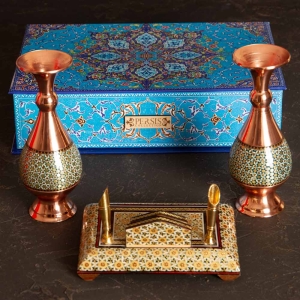
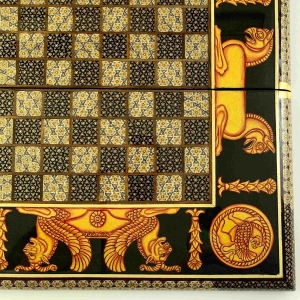
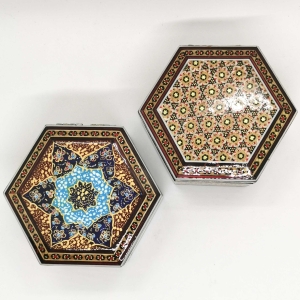
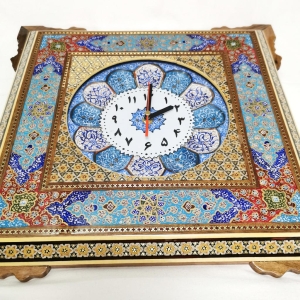

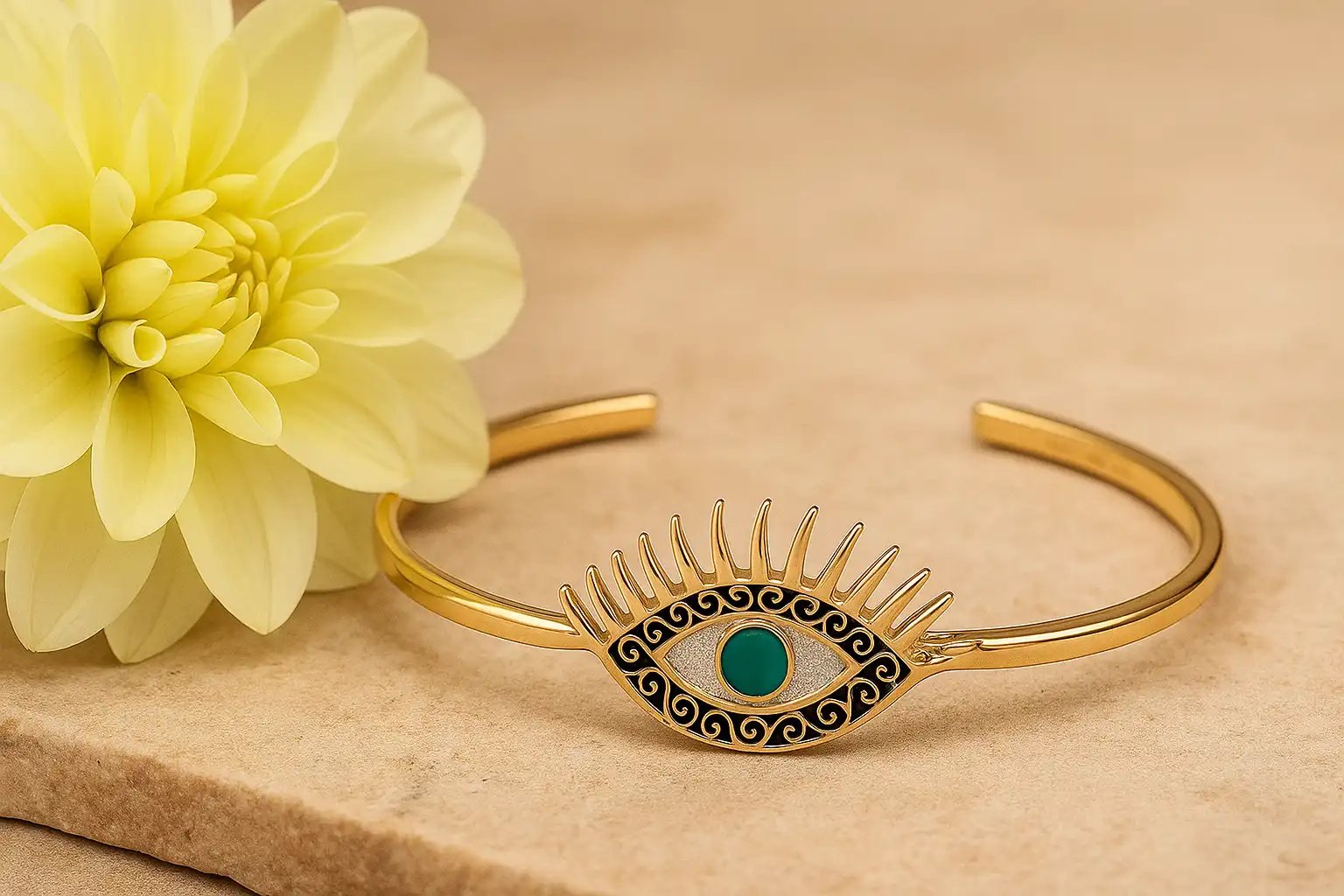
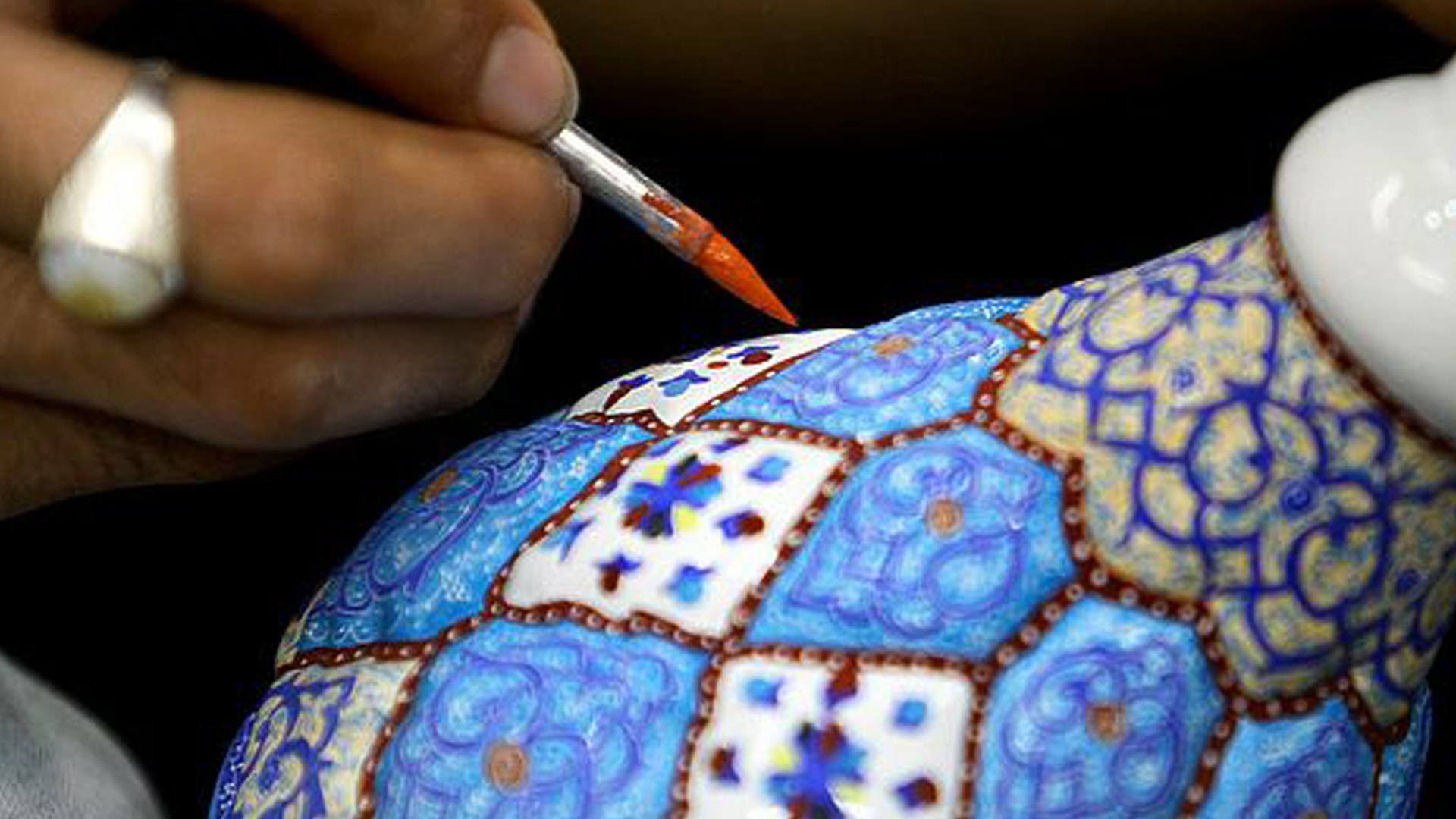
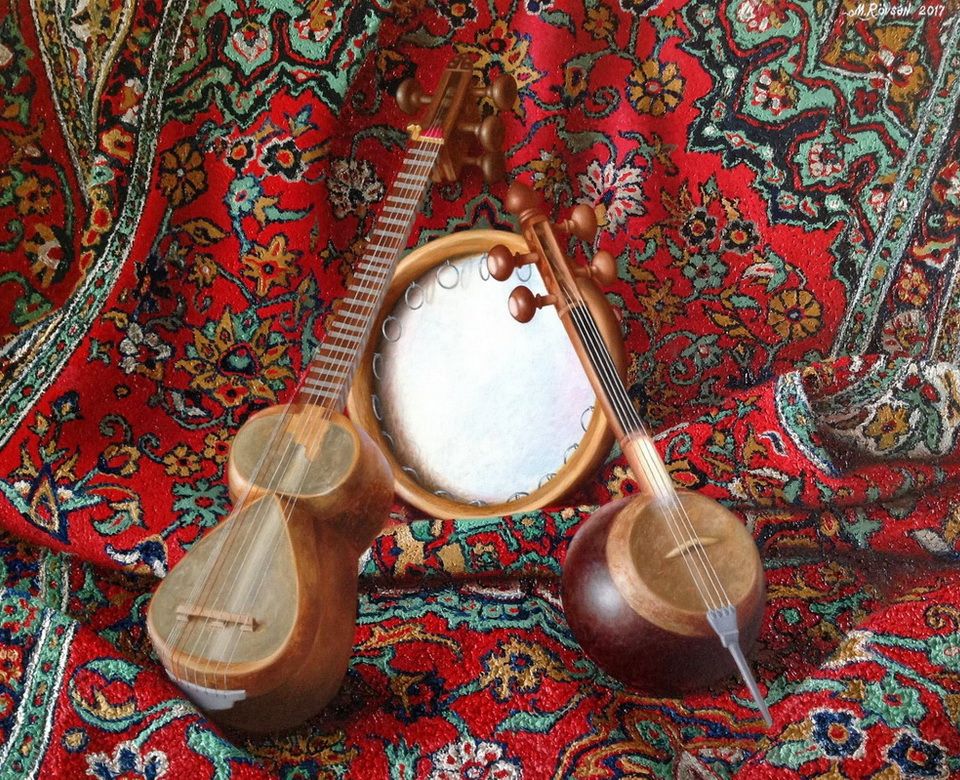
Comments